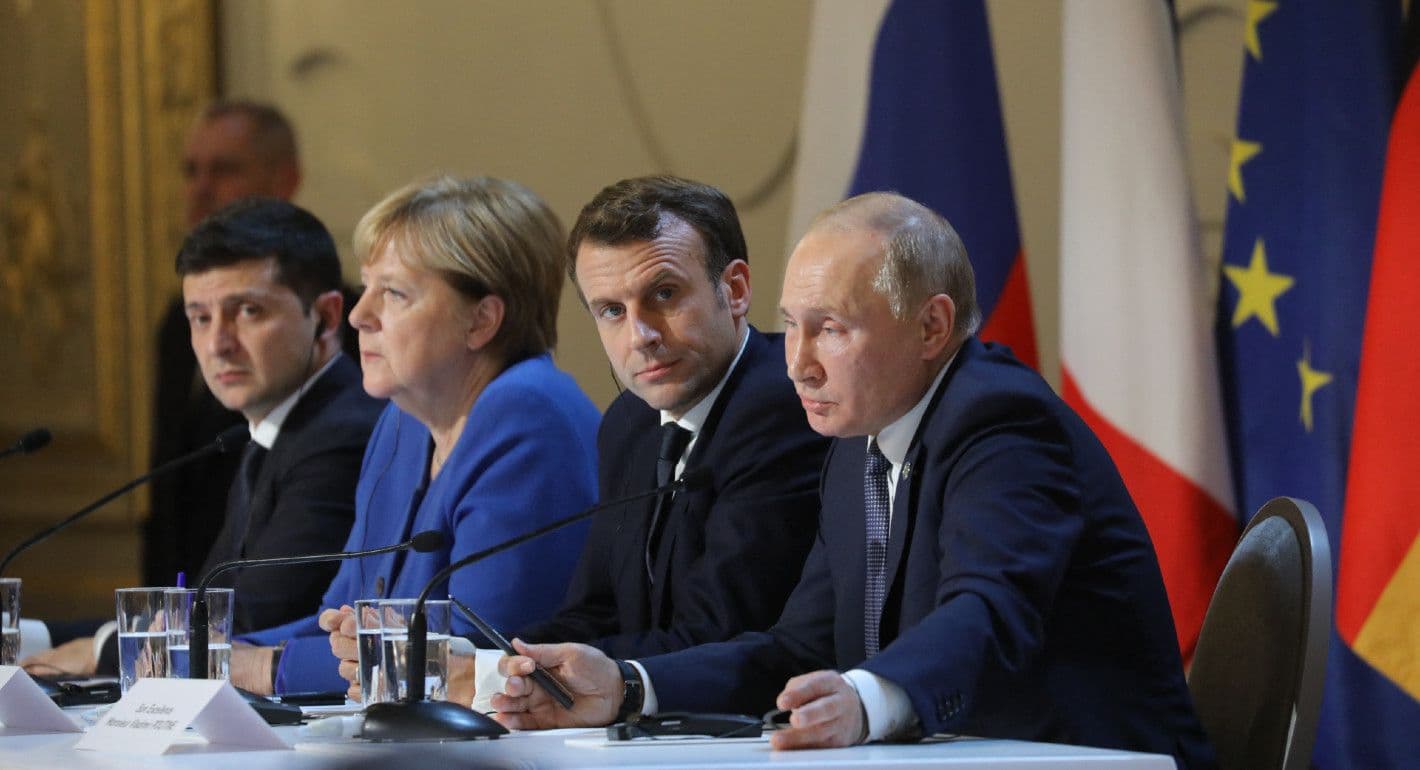U.S. and Russia Agree on Security Measures, Territorial Recognition, and Ceasefire
In a significant diplomatic breakthrough, the United States and Russia have reached an agreement aimed at resolving ongoing tensions related to the Ukraine conflict. This agreement, which encompasses 28 detailed points, was formalized on November 20, 2025, and includes provisions for security cooperation, territorial recognition, and humanitarian efforts. A joint U.S.–Russian security working group will be established to oversee the implementation of the agreement"s provisions.
Key Details
One of the cornerstone elements of the agreement is Russia"s commitment to legally enshrine a policy of non-aggression toward Europe and Ukraine. This move is expected to foster a more stable security environment in the region. Additionally, both nations have agreed to extend existing nuclear non-proliferation and arms control treaties, including the New START Treaty, which is crucial for maintaining strategic stability between the two nuclear powers.
Ukraine has reaffirmed its commitment to remain a non-nuclear state in accordance with the Nuclear Non-Proliferation Treaty. Furthermore, the Zaporizhzhia Nuclear Power Plant, a key facility in the region, will operate under the supervision of the International Atomic Energy Agency (IAEA), with electricity produced being shared equally between Russia and Ukraine.
In a bid to promote social cohesion and understanding, both countries will implement educational programs aimed at fostering tolerance and eliminating racism and prejudice. Ukraine will adopt European Union rules on religious tolerance and the protection of linguistic minorities, while both nations have agreed to abolish discriminatory measures affecting media and education. Notably, all Nazi ideology and activities will be explicitly rejected and prohibited.
Territorial arrangements form a critical part of the agreement. Crimea, Luhansk, and Donetsk will be recognized de facto as Russian territories, including by the United States. The regions of Kherson and Zaporizhzhia will see their status frozen along the line of contact, which will be recognized as a de facto boundary. Russia has agreed to renounce claims to other territories it controls outside these five regions. Ukrainian forces will withdraw from parts of Donetsk currently under their control, establishing a neutral demilitarized buffer zone that will be internationally recognized as part of the Russian Federation, with no Russian forces permitted to enter this zone.
Both nations have committed to not altering these territorial arrangements by force, with security guarantees nullified in the event of any violations. Additionally, Russia will not interfere with Ukraine"s use of the Dnipro River for commercial activities, and agreements will be established to facilitate free grain transport via the Black Sea.
A humanitarian committee will be formed to address outstanding issues, including the exchange of all remaining prisoners and bodies on an "all-for-all" basis, the return of civilian detainees and hostages, including children, and the implementation of a family reunification program. Measures will also be taken to alleviate the suffering of conflict victims.
Ukraine is set to hold elections within 100 days following the agreement. Importantly, all parties involved in the conflict will receive full amnesty for actions taken during the war, with an agreement not to pursue grievances in the future.
This agreement is legally binding and will be monitored by a Peace Council led by former President Donald J. Trump. Violations of the agreement will result in sanctions. A ceasefire will come into effect immediately after both sides withdraw to the agreed positions, marking a critical step towards peace in the region.

Image for U.S. and Russia agree on security measures, territorial recognition, and ceasefire
Background
The agreement comes after years of conflict and escalating tensions between Russia and Ukraine, which began in 2014 with Russia"s annexation of Crimea. The ongoing war has resulted in significant loss of life and displacement of people, making the need for a comprehensive peace agreement more pressing than ever.
What"s Next
As both nations prepare for the implementation of this agreement, the international community will be closely monitoring the situation. The establishment of the joint security working group and the humanitarian committee will be pivotal in ensuring compliance and addressing any emerging issues. The success of this agreement could pave the way for a more stable and peaceful future in Eastern Europe.
For more on the recent developments in the Ukraine-Russia conflict, see our previous reports.

Image for U.S. and Russia agree on security measures, territorial recognition, and ceasefire

![[Video] Trump considered bombing Iran to prevent Israeli nuclear threat, says former CIA officer](/_next/image?url=%2Fapi%2Fimage%2Fthumbnails%2Fthumbnail-1763700693027-c1bzwj-thumbnail.jpg&w=3840&q=75)
![[Video] Former CIA Officer: Israeli policy targets entire city blocks to kill individuals](/_next/image?url=%2Fapi%2Fimage%2Fthumbnails%2Fthumbnail-1763700675052-6im6kr-thumbnail.jpg&w=3840&q=75)
![[Video] Former CIA Officer: Israelis recruited Afghan refugees in Iran](/_next/image?url=%2Fapi%2Fimage%2Fthumbnails%2Fthumbnail-1763700658825-6rt46g-thumbnail.jpg&w=3840&q=75)

![[Video] Former CIA Officer: Agency can remotely take over cars to cause crashes](/_next/image?url=%2Fapi%2Fimage%2Fthumbnails%2Fthumbnail-1763700645146-5ij3c8-thumbnail.jpg&w=3840&q=75)